I am building a PHP system whereby users can create a visually complex image that has the final requirement of being 50kB or less.
The user can select to have text printed onto one of 37 template images, so the result is a single flat image.
The text can be any colour and one of a number of fonts. This means the final image can be quite visually complex and unpredictable (with the exception of image dimensions).
I then have the requirement of having the final image file size no greater than 50kB (this is an external requirement and cannot be changed).
The last requirement (again, external) is the image format must be .jpeg, .png, or .gif.
I have looked through the GraphicsMagick documentation, but cannot find anywhere that mentions being able to set the filesize and have the compression automatically calculated.
I have considered doing this programatically via a compress->save->test loop, however I can imagine this would be quite processor intensive as I cannot necessarily calculate the filesize based on compression in advance. This is why I am asking to see if the problem has already been solved in GraphicsMagick.
Edit
To be clear as to why there are external requirements:
The user will utilize this system to create a flat image, which they will then save onto their PC. This image is then to be uploaded to Adroll for use in a Retargeting campaign.
Here are Adroll's requirements on the image. My system will only provide the 728x90, 300x250, and 120x600 image sizes.
Edit 27th Nov, 2010
As this does not seem to be possible with GraphicsMagick, I am willing to look into other solutions, such as directly interfacing with compression libraries (libpng, etc) which may be able to provide the functionality.
As a last resort, it my even be feasible to look at algorithms which can accomplish this and implement one myself.
As an analogy, for those who are that way inclined:
I am after what A* is to search: It has a definite starting/ending point, and finds the best possible route in the fastest time.
What I was hoping to avoid was what Breadth/Depth First is to Search: definite starting/ending points, but may not hit on the optimal solution once finding a local minimum, and has the potential to completely blow out computationally.
